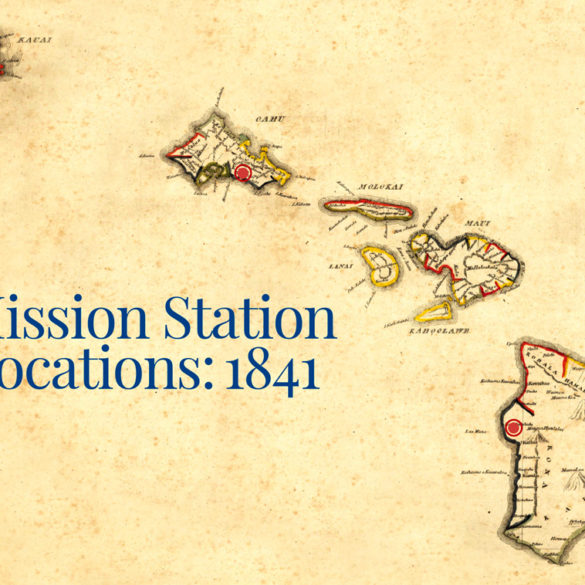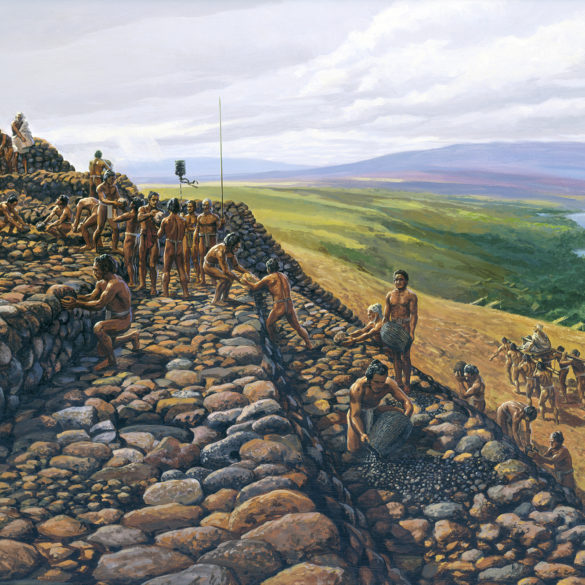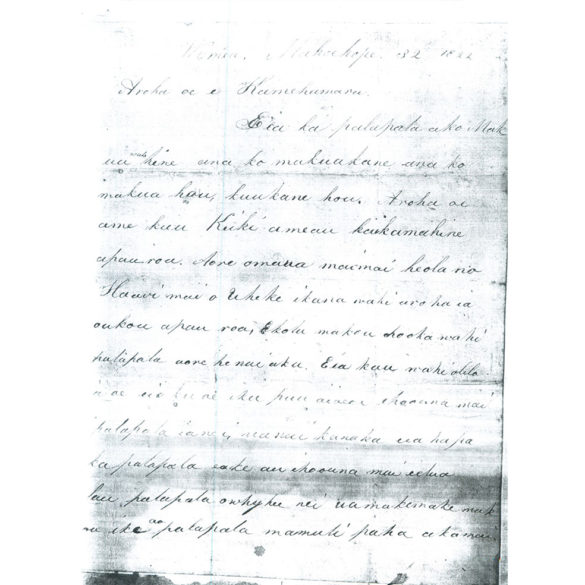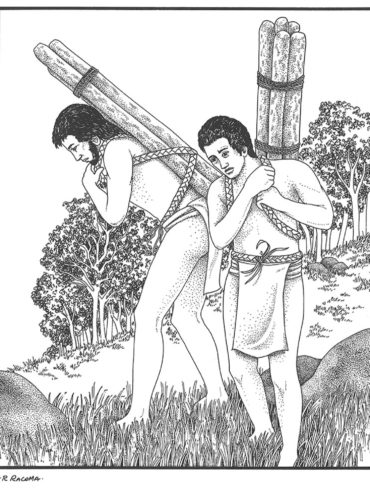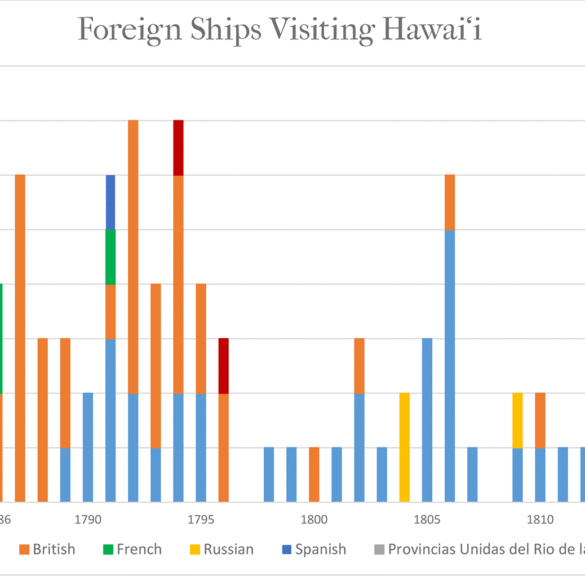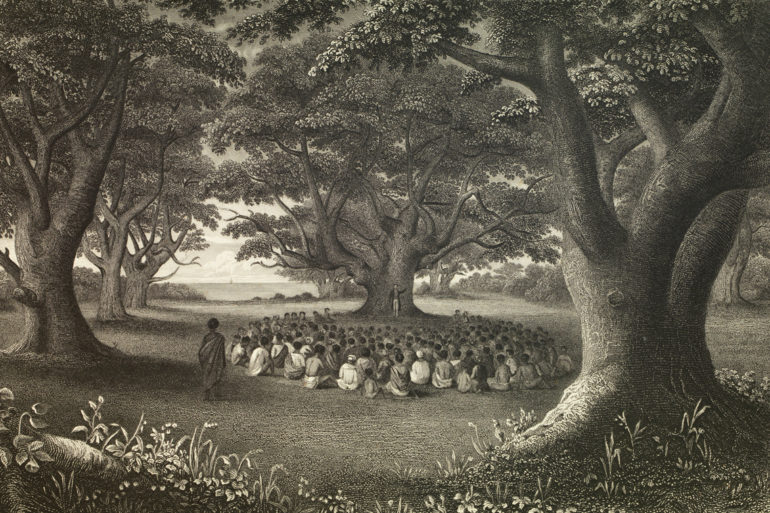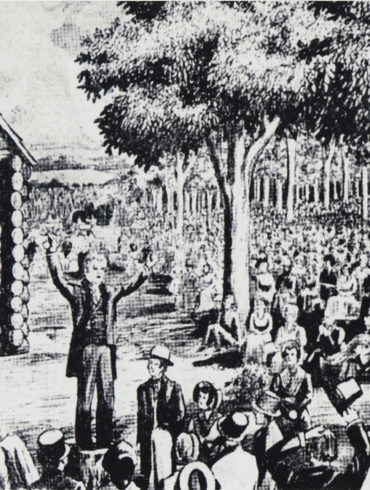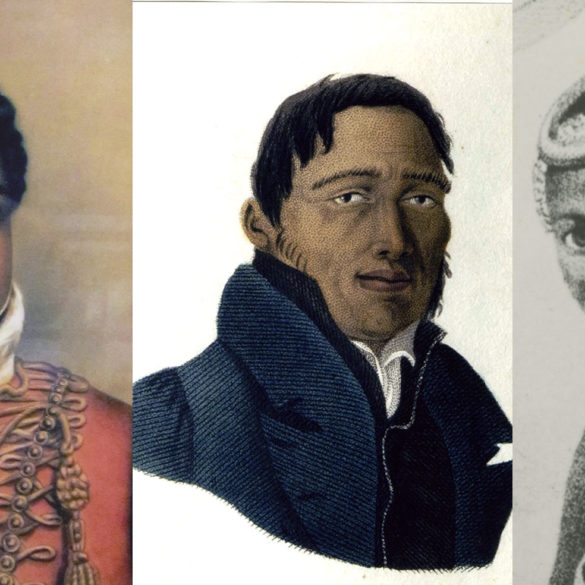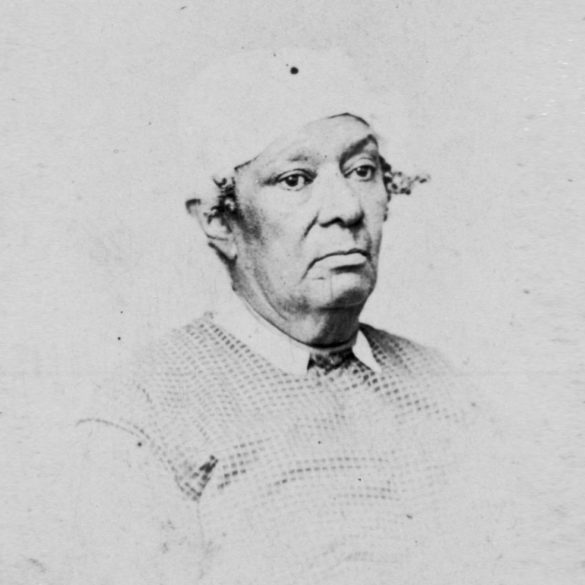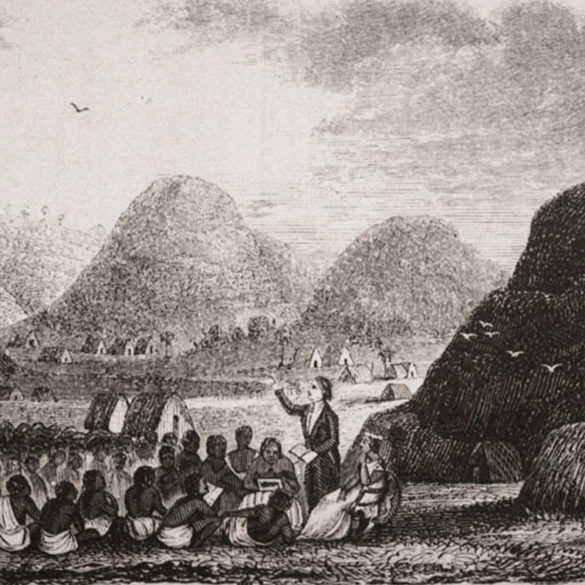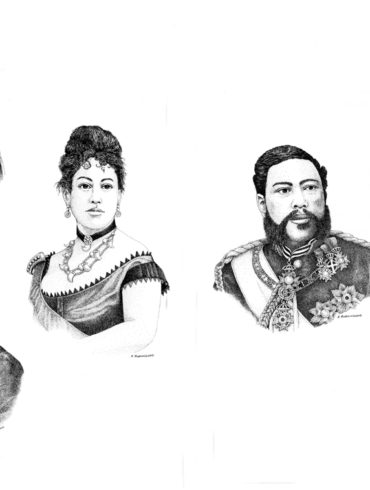View the interactive map of the islands of Kaua‘i, O‘ahu, Maui and Hawai‘i to see key Ali‘i and mission members...
For Hawaiians, the natural environment was imbued with religious significance. Geological features, plants and animals were often revered as kinolau,...
Fragrant sandalwood trees, or ‘iliahi, whose heartwood was used for incense and medicines, had long been abundant in the Hawaiian...
In 1786, trading ships began making regular stops in Hawai‘i on their way to China and the Pacific Northwest. Pursuing...
Hawaiians quickly took to reading and writing but were slower to accept Christianity....
From 1790 – 1830, a Protestant revival called the Second Great Awakening swept across America. The movement was a reaction...
After a week, Liholiho conveyed his decision that the missionaries could remain in Hawai‘i for a year, though directed them...
A graduate of Bowdoin College and Bangor Seminary, Dole was a classical scholar who arrived with his wife, Emily, in...
Missionaries, after arriving in 1820, quickly began teaching reading and writing. Instruction was initially in English, and limited to only...
From the time of Captain Cook, Hawaiians saw that foreigners used writing to both formalize agreements and communicate ideas....
In 1839, Kauikeaouli (Kamehameha III) established the Chiefs’ Children’s School in Honolulu, to educate Hawai‘i’s future leaders....

